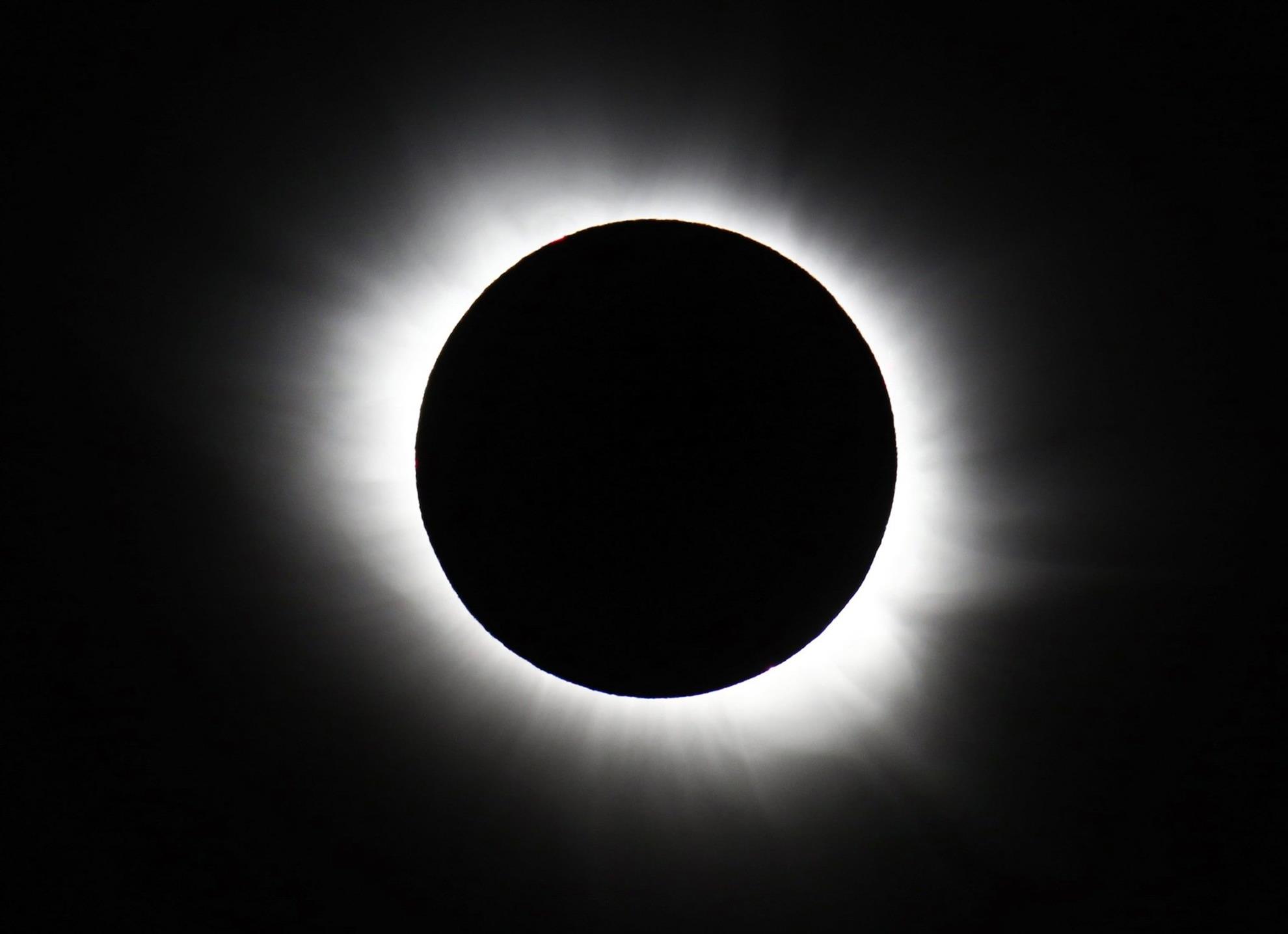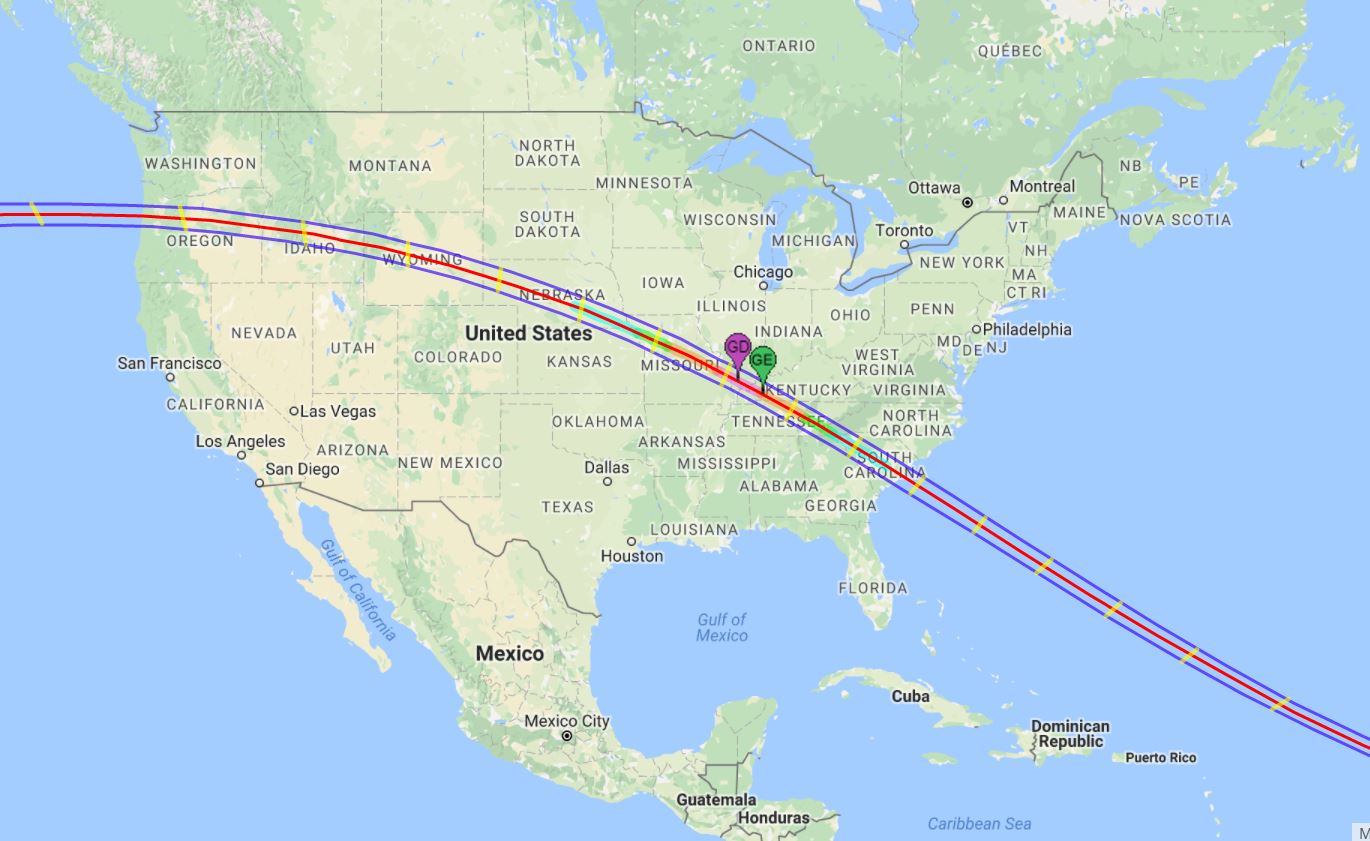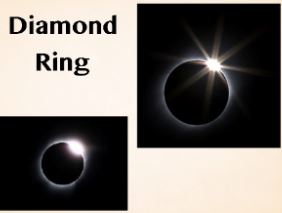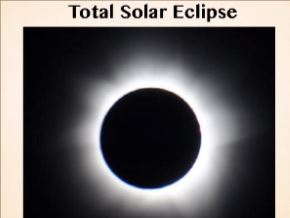Rotary Scholar Lindsey Fyfe
Music has a way of bringing people together. And so does Rotary. Once upon a time in 2008, a lovely Redondo Beach Rotarian Vicki Radel went on a first date with charming Downtown Rotarian Peter Lattey. They went to hear a young folk singer at a club in Silver Lake. That young folk singer  must have woven some magic, because that first date turned into another and Vicki and Peter, in addition to being very active Rotarians and humanitarians, are today a very happy couple.
must have woven some magic, because that first date turned into another and Vicki and Peter, in addition to being very active Rotarians and humanitarians, are today a very happy couple.
Fast forward a few years and that same young folk singer, Lindsey Fyfe, through Vicki’s help, was awarded a Rotary Scholarship to study in Edinburgh, Scotland.
"Rotary changed my life," Lindsey explained, “I connected with so many people. Artists, folk singers. My Rotary year was a wonderful time, that set the course for what I am doing.”
Lindsey is currently a director for education at an art center in her home state of Connecticut. She is also the proud recipient of a Paul Harris Fellow certificate, also thanks to Vicki's efforts.
Alexis Sheehy, Total Solar Eclipses
Every few years, Redondo Beach Rotarians Alexis and Jim Sheehy will travel thousands of miles, spend thousands of dollars, and even board on a ship and sail into the middle of the ocean, just to stand for a couple of minutes in the shade.
Except this isn’t just any shade: This is moon shade. . . . (Click "Read more" below to the right for additional information about an eclipse.)
Alexis Sheehy, Total Solar Eclipses
Every few years, Redondo Beach Rotarians Alexis and Jim Sheehy will travel thousands of miles, spend thousands of dollars, and even board on a ship and sail into the middle of the ocean, just to stand for a couple of minutes in the shade.
Except this isn’t just any shade: This is moon shade.
A solar eclipse is a simple bit of geometry in which the sun, the moon and the Earth, moving in their orbital paths, happen to align to an observer on Earth. A total eclipse is when the moon totally obscures the light-emitting solar surface, called the photosphere, to the observer.
In practice, it’s basic vector calculus: Just these familiar orbiting celestial bodies crossing paths, as they do, about twice during the year. But to experience this timeless and magnificent display of light and astronomy first hand is to understand why solar eclipses have had huge psychological impacts on humans for millennia.
Depending on your latitude, the eclipse will be perceived to occur faster or slower--slowest at the equator and five times faster at the poles. An eclipse happens in stages, called first and second contacts, then totality, and then third and fourth contacts respectively. The first contact looks like an ever bigger bite being taken out of the sun.
The second contact is the point when Bailey’s Beads begin to appear. Bailey’s beads are dots of light which shine through the moon’s rugged surface as the moon “grazes” past the sun. To the observer, the sky shifts chromatically and one has a 360-degree “sunset” along the horizon. Next comes the crescendo:
Totality is the magic moment, when viewing from within “the cone of darkness” immediately in front of the moon called the umbra (Latin for “shadow”), that the disk of the moon covers the sun’s surface completely,  blocking out the photosphere. Night befalls the land, stars appear, the temperature drops, birds stop singing and animals begin their nocturnal routines.
blocking out the photosphere. Night befalls the land, stars appear, the temperature drops, birds stop singing and animals begin their nocturnal routines.
However, these small details are easily overlooked when one begins to see the the glowing gossamer halo surrounding the moon. Lasting only 30 seconds to seven minutes, depending on how close to the Equator the observer is, the superheated plasma layer surrounding the sun becomes visible to the naked eye. The corona can be seen only once the photosphere and all photons emitted from it are completely blocked and one is standing directly in the umbra. Stepping into the penumbra, Latin for “almost shadow” and the area just past the cone of darkness, one will no longer see the corona.
Totality is the only time it is safe to observe the eclipse with the naked eye. As the moon slips further past, more light spills past, obliterating the mesmerizing corona from view. At a certain moment, in the upper right-hand edge, more light will spill past at one point creating a “diamond ring”.
The next solar eclipse to cross the continental United States will occur on Monday, August 21, 2017. It will cut  west-to-east trail diagonally across Washington State down to the Carolinas. This time around, Alexis and Jim plan to have their place in the shade in Jackson, Wyoming. The moon is shifting course by about an inch and a half every year. Therefore, in somewhere between 500 million and 600 million years, total eclipses will no longer occur on Earth, so make your plans soon!
west-to-east trail diagonally across Washington State down to the Carolinas. This time around, Alexis and Jim plan to have their place in the shade in Jackson, Wyoming. The moon is shifting course by about an inch and a half every year. Therefore, in somewhere between 500 million and 600 million years, total eclipses will no longer occur on Earth, so make your plans soon!
Thank you, Alexis, for sharing your total eclipse journey.
 must have woven some magic, because that first date turned into another and Vicki and Peter, in addition to being very active Rotarians and humanitarians, are today a very happy couple.
must have woven some magic, because that first date turned into another and Vicki and Peter, in addition to being very active Rotarians and humanitarians, are today a very happy couple. 


 blocking out the photosphere. Night befalls the land, stars appear, the temperature drops, birds stop singing and animals begin their nocturnal routines.
blocking out the photosphere. Night befalls the land, stars appear, the temperature drops, birds stop singing and animals begin their nocturnal routines.  west-to-east trail diagonally across Washington State down to the Carolinas. This time around, Alexis and Jim plan to have their place in the shade in Jackson, Wyoming. The moon is shifting course by about an inch and a half every year. Therefore, in somewhere between 500 million and 600 million years, total eclipses will no longer occur on Earth, so make your plans soon!
west-to-east trail diagonally across Washington State down to the Carolinas. This time around, Alexis and Jim plan to have their place in the shade in Jackson, Wyoming. The moon is shifting course by about an inch and a half every year. Therefore, in somewhere between 500 million and 600 million years, total eclipses will no longer occur on Earth, so make your plans soon!